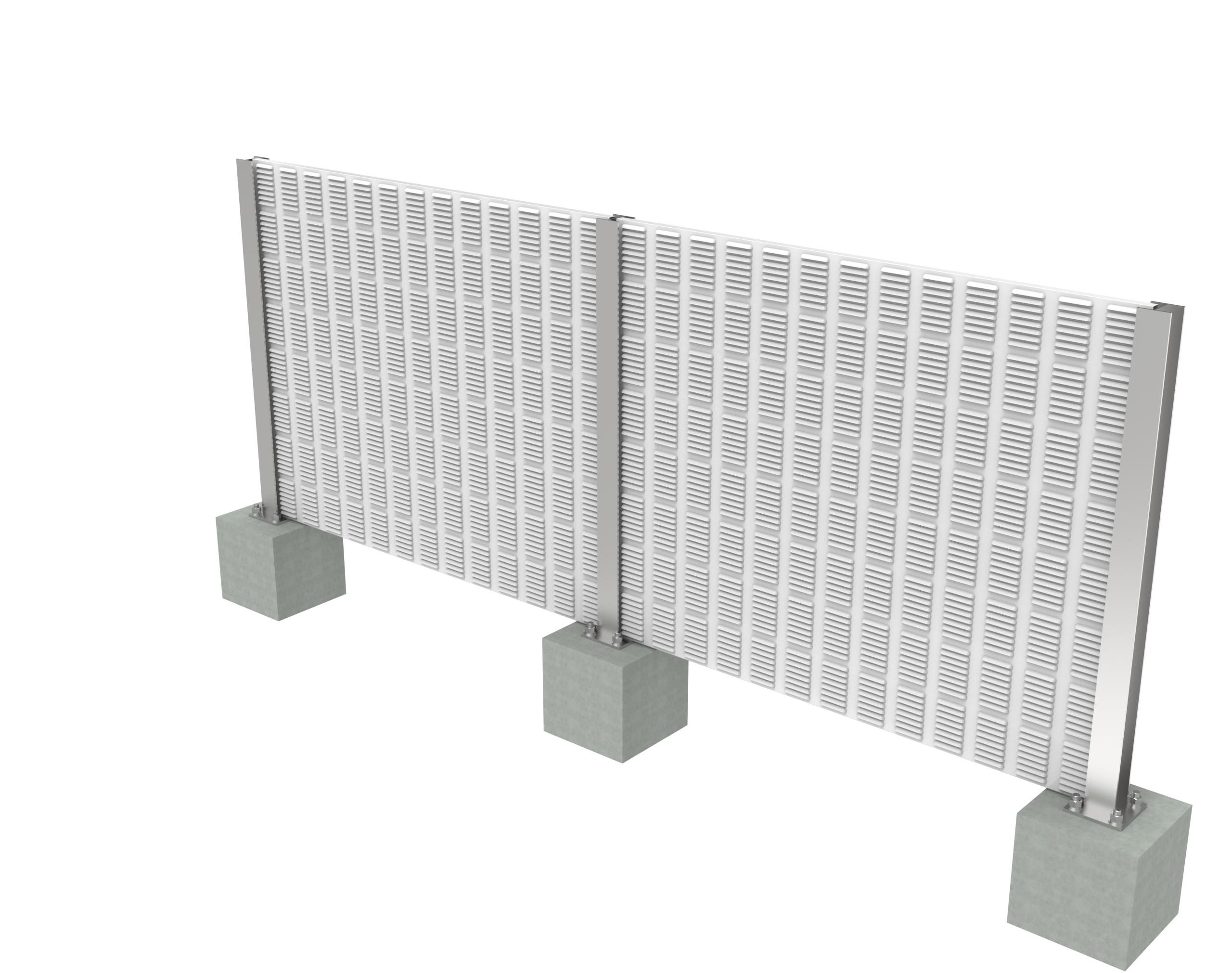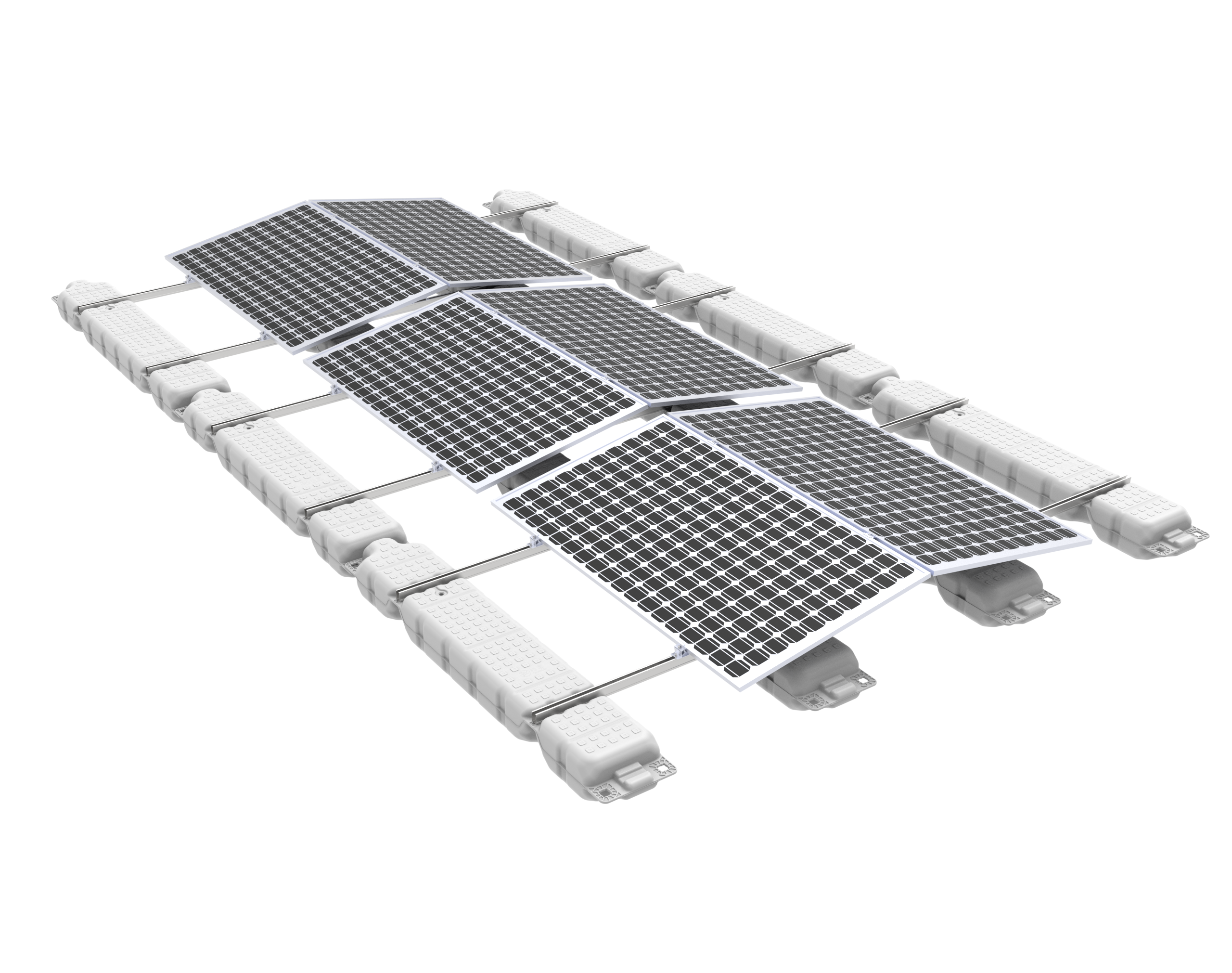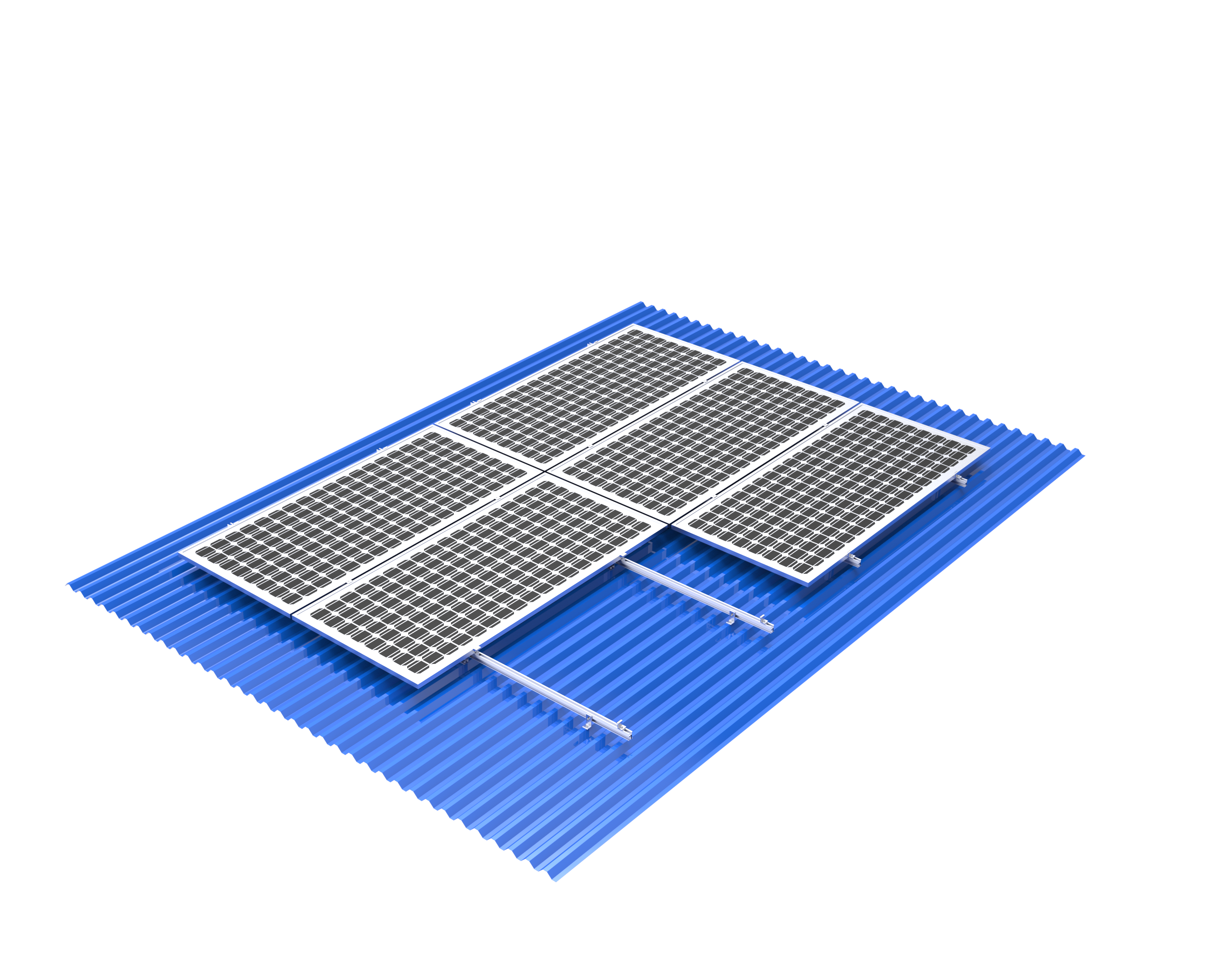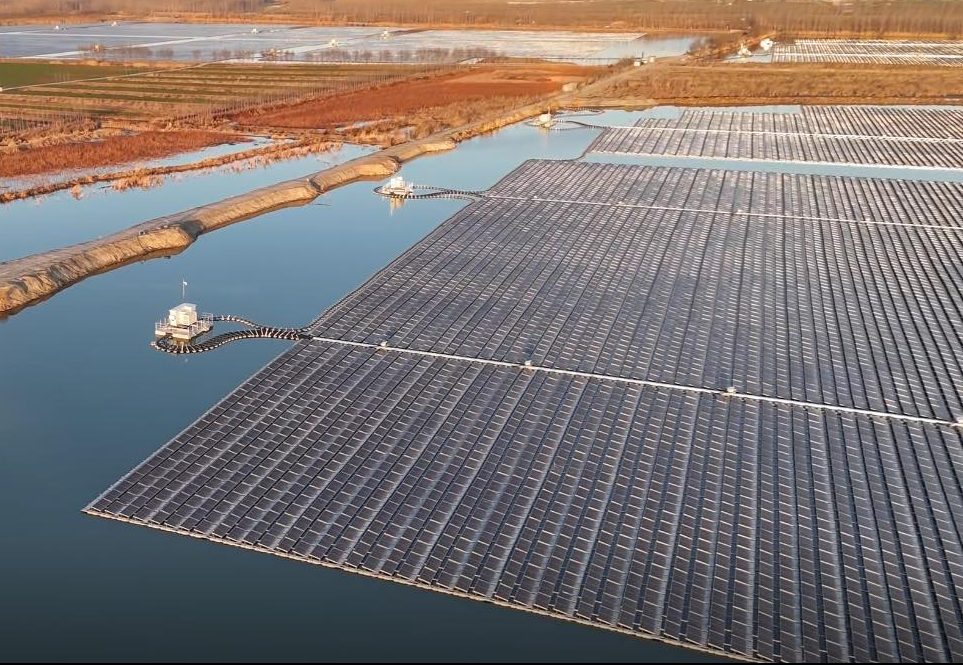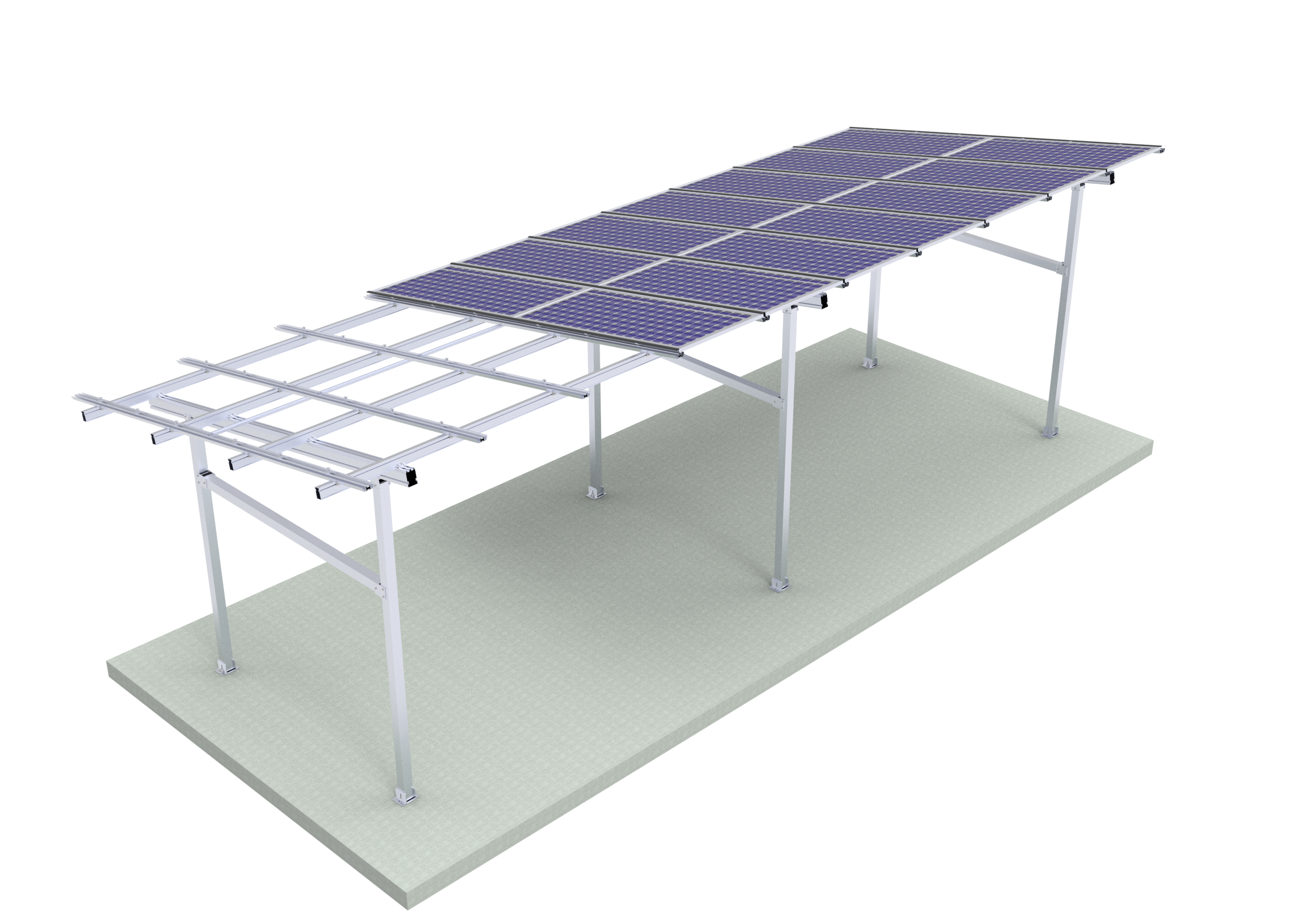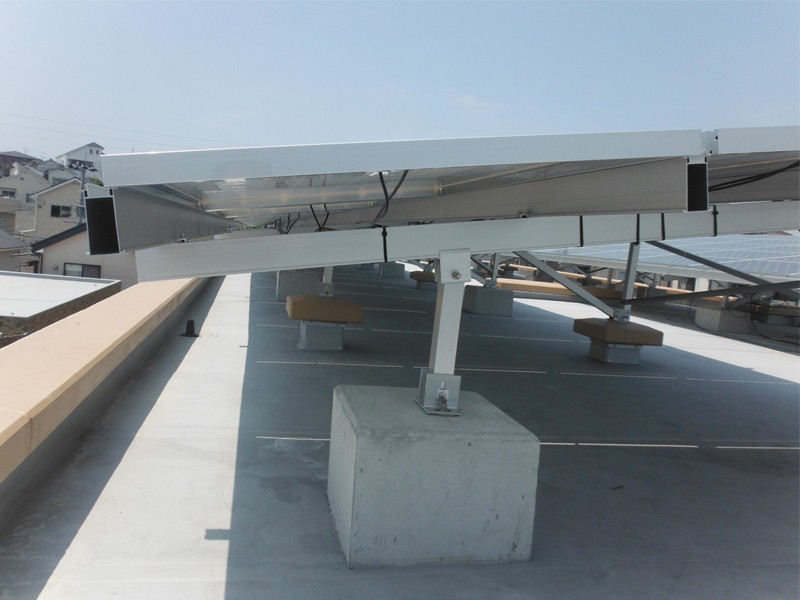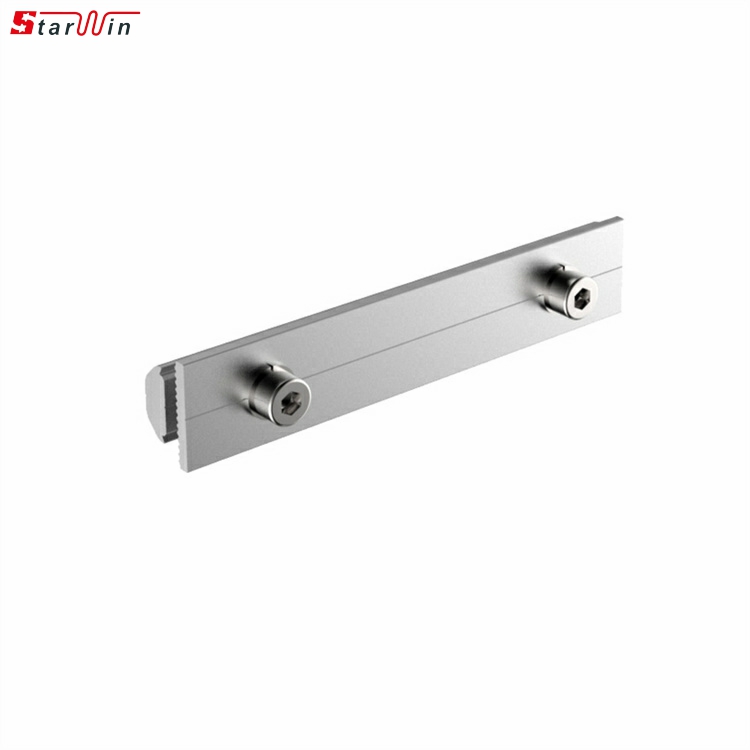BEST WAYS TO MAKE SOLAR ENERGY EVEN MORE SUSTAINABLE
When we talk about solar panels, it is clear that, in a way, they have become synonymous with green energy. And remember to adopt the better and enhanced method to make solar panels sustainable. According to research and study by the German Federal Environment Agency (UBA), Solar panel driving emissions depend on the quantity of coal-fired electricity in the local grid. However, there is a difference in CO2 emissions between solar panels made in China and Europe.
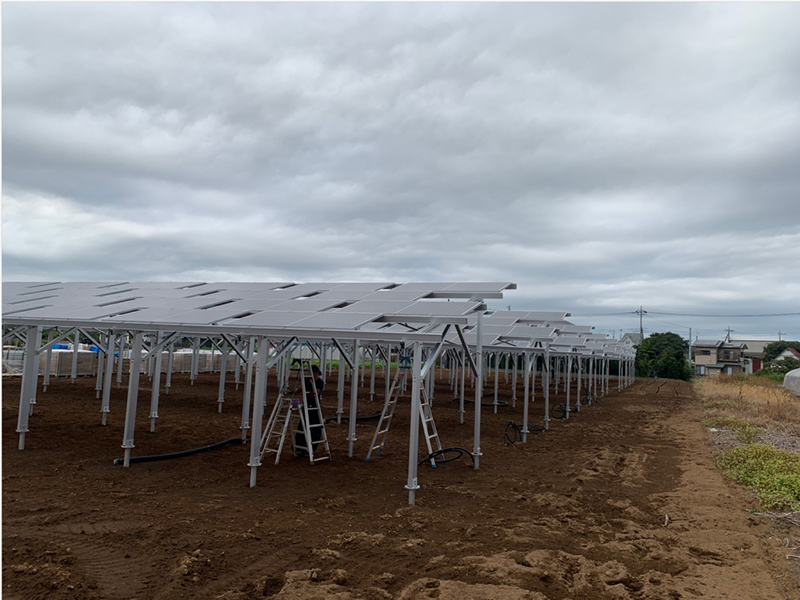
Depending on the installation location of the solar panels, photovoltaics can generate as much energy as they consumed within five to 25 months of their production. Here in this post, I will tell you about the best solar panel design, display, and longevity components that will affect their durability and sustainability.
Some best ways to make solar energy even more sustainable:
It is safe to say that solar panels are the most significant and cheapest renewable energy source. But some specific steps can be taken to reduce the excess emissions generated during the construction of solar energy infrastructure, and there is still room for improvement. So now, let's move on to the details without wasting time and talk about some of the best methods for sustainable solar energy.
1. How long can photovoltaics last?
It is essential to know the history of photovoltaic solar panels connected to the first grid installed in China and Germany, and other countries in the 1980s. Some solar panels were so good in manufacturing and design that they still operate decades later. On the other hand, newer models are the opposite and are sometimes sold with a warranty of 30 years or less.
But you can do better work and can extend the life of the solar panel. And this is possible with the addition of sturdy glass on the back, which is becoming more and more popular nowadays and is common in photovoltaic cell manufacturing today. The service life of the solar system has significant effects because the longer it lasts, the lower the carbon dioxide emissions and the lower the cost of generating renewable electricity from the sun.
The structure of solar panels is not very complicated but relatively simple. Solar panels consist of a lucent particular glass pane, a silicon cell just 2mm thick with wafer-thin metal bus bars, a translucent plastic film (EVA) underneath. Not only that, but there is another plastic film on the back of the cell, and then there is a particular protective film or glass on the back.
Everything is tightly interconnected to guarantee its durability, typically along with an aluminum frame with a seal. Don't take solar panels lightly; they are powerful and have very few defects. Let's assume that even if someone has a fault, there is no need to worry; repairing them is usually possible.
If the weather is terrible and the front glass breaks due to heavy hail, you have to do an important thing to prevent moisture from entering, and you have to replace a panel to reduce the system's efficiency. Keep in mind that a simple change of glass is not possible here. Instead, you must follow the method to make solar panels sustainable to enhance their working capacity.
After years of working and generating energy with full force, it is typical for the seals and film on just the back of the modules to be insecure, so you have to take it very average. To re-seal the film against moisture intrusion, you have to do a simple process in which you have to apply an adhesive paste to it. If you notice that the electrical wires become unsecured over time, or the diodes in the junction box do not work correctly and fail, do not take the tension; usually, you can change them without any complications.
2. Solar Panels and the Environment, are they harmful?
There is no risk of contamination from damaged or broken solar panels, According to the German Environment Agency (UBA). However, it has been observed that most models contain small amounts of harmful substances that pollute the environment.
For example, in the case of extensively used crystalline solar modules, solder has a lead of up to one gram per module, according to a new research study (approximately 95% market share). Some manufacturers do not use toxic information to maintain their quality, make a name for themselves, and improve the environment.
According to a study (approximately 5% market share) of the so-called thin-film modules, sales also contain toxic heavy metal cadmium, which is harmful and weighs up to 1.4 grams per panel. However, the manufacturers and designers of these solar panels have their takeback system on which they work well. And they work on their takeback system to recover cadmium and lead, as well as the non-toxic metals copper, silver, and tellurium.
In Europe, they take reasonable measures and dispose of redundant modules adequately. Still, most other countries do not yet have regulations and policies that are not a positive sign.
3. Recycling, how does it work?
Recycling plants in China and Germany are doing very well, and old-fashioned solar panels that are still in operation can be repaired and resold. When this does not happen, another work is quite efficient, in which the cables, aluminum frames, and junction boxes are removed, and the crystal panels are dismantled. Different methods are used for glass, metals, and sheets, and they are separated using other techniques.
Metals and lead are separated and processed so that they are reused, while glass pieces are not even wasted and are usually processed into a thermal insulation material called glass wool. Even plastic sheets are not wasted, and essential work is taken from them, and they are burned in plants with filters to produce energy. This recycling process is the best method to make solar panels sustainable.
However, environmentalists and raw materials experts are still researching and have not given up because they still see a lot of room for a better future and improvement in recycling.

